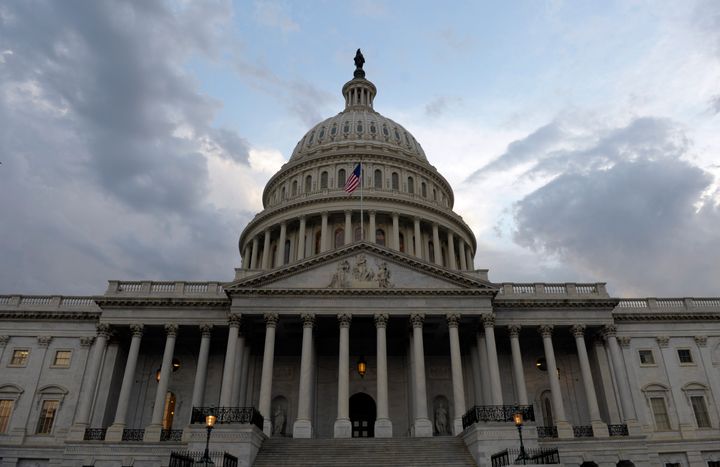
Many people on the political right believe that by reducing expenditures on social programs, we can permanently reduce the size and cost of government. On its surface, that argument seems to make sense: spending less will cost us less. But when we look more carefully at what that actually means, it turns out to be false, depending upon the nature of the program in question.
Take homelessness for example. The widespread incidence of homelessness in the U.S. has many causes, including the recent wave of foreclosures that have sent many former homeowners into shelters or precarious housing situations. But cutbacks in governmental funding remain among the primary causes of homelessness in this country. This goes back decades. The Community Mental Health Act of 1963, which had the admirable goal of de-institutionalizing long-term mentally ill people and moving their care to community mental health centers, ended up depositing large numbers of mentally ill people on the streets when the government did not fund the centers. Likewise, when President Reagan cut the budget of the Department of Housing and Urban Development by three-quarters over the course of his administration in the 1980s, the number of homeless people jumped dramatically.
Some people may think that such reductions in governmental aid give the homeless an incentive to get a job and pull themselves up by their bootstraps. I won't argue that here, except to say that, as the son of a psychologist who had many homeless patients, I find it profoundly naïve to expect a person with schizophrenia, addiction or depression to just pull themselves up by their bootstraps.
In reality, cutting government funding for the homeless actually increases the cost of government. Research bears this out. One study after another has shown that when we take into account the expense of emergency room services, hospitalization, and incarceration of the homeless, it costs the government more -- in the range of 40 to 50 percent more -- than to provide them with subsidized or supportive housing. We often don't see this because the costs get spread across different levels of government - from local to federal -- and types of allocations -- public safety, healthcare and justice. But the evidence is clear and undisputable: cutting government spending in areas that prevent problems from occurring in the first place can cost taxpayers more over the long run.
We need a much more nuanced sense of how to cut government expenditures if we want to reduce the cost of government, something that design can help with given its method of seeing the connections among seemingly unrelated things and viewing the world from the point of view of ordinary people. First, we need to think about government spending as a whole and stop making cuts at the federal or state level that only increase costs at the local level. Taxpayers have to pay one way or the other, and simply shifting expenses -- especially when they lead to increased costs -- makes no sense.
Second, we need to recognize the relationships that exist among different kinds of government expenses. When we start to envision the world from the perspective of a person in need of public assistance as opposed to that of the policy makers who make governmental allocations, we can see how savings in one area -- funding for supportive housing, for example -- leads to increased costs in others.
Finally, we need to understand indirect as well as direct costs. The direct savings that came with the rapid closing of many mental institutions in the early 1960s or the dramatic reductions in HUD's budget in the 1980s brought with them huge indirect costs to communities that went far beyond increased spending on policing and hospitalization. It led to a perception of cities as unsafe, which in turn, helped fuel a drop in their tax base as people abandoned inner-city neighborhoods, an increase in infrastructure costs as development began to sprawl, and an increase in the average living expenses as people needed more cars and equipment in order to live. Were we to tally all of these indirect costs, which we accrued, in part, as a result of reduced funding for housing the poor and mentally ill, we would see how much cutting the government can dramatically increase not only the cost of government, but the cost of living for us all.
So, as we look for ways to cut the cost of government, we need to see that the best way to do so involves increased spending on prevention. We know that has worked in the healthcare arena. Spending more on the prevention of disease, such as the campaign against smoking, greatly reduced the incidence of tobacco-related illnesses among some sectors of the population and the costs related to them. We need to do the same in every other area of governmental activity.
Spending more on such things as early childhood education, on affordable college education, on community programs for teenagers and the elderly, on local environmental and entrepreneurial initiatives, on community policing, and yes -- on supportive housing for those who do not have a home -- will do more to reduce the cost of government than any amount of across-the-board cutting that the critics of government keep proposing.
Designers understand this. Good design anticipates the future and invests more up front to prevent problems and reduce costs later on. One of the heroes of the pull-yourself-up-by-the-bootstraps crowd is Benjamin Franklin, who, in addition to his worthy advice about frugality, industry, and moderation, also cautioned us that "an ounce of prevention is worth a pound of cure." No better motto exists than that to guide us through the difficult decisions we will need to make as we slim down our government, while preventing the social dysfunctions that led to its added weight in the first place.
Thomas Fisher is Dean of the College of Design at the University of Minnesota.
